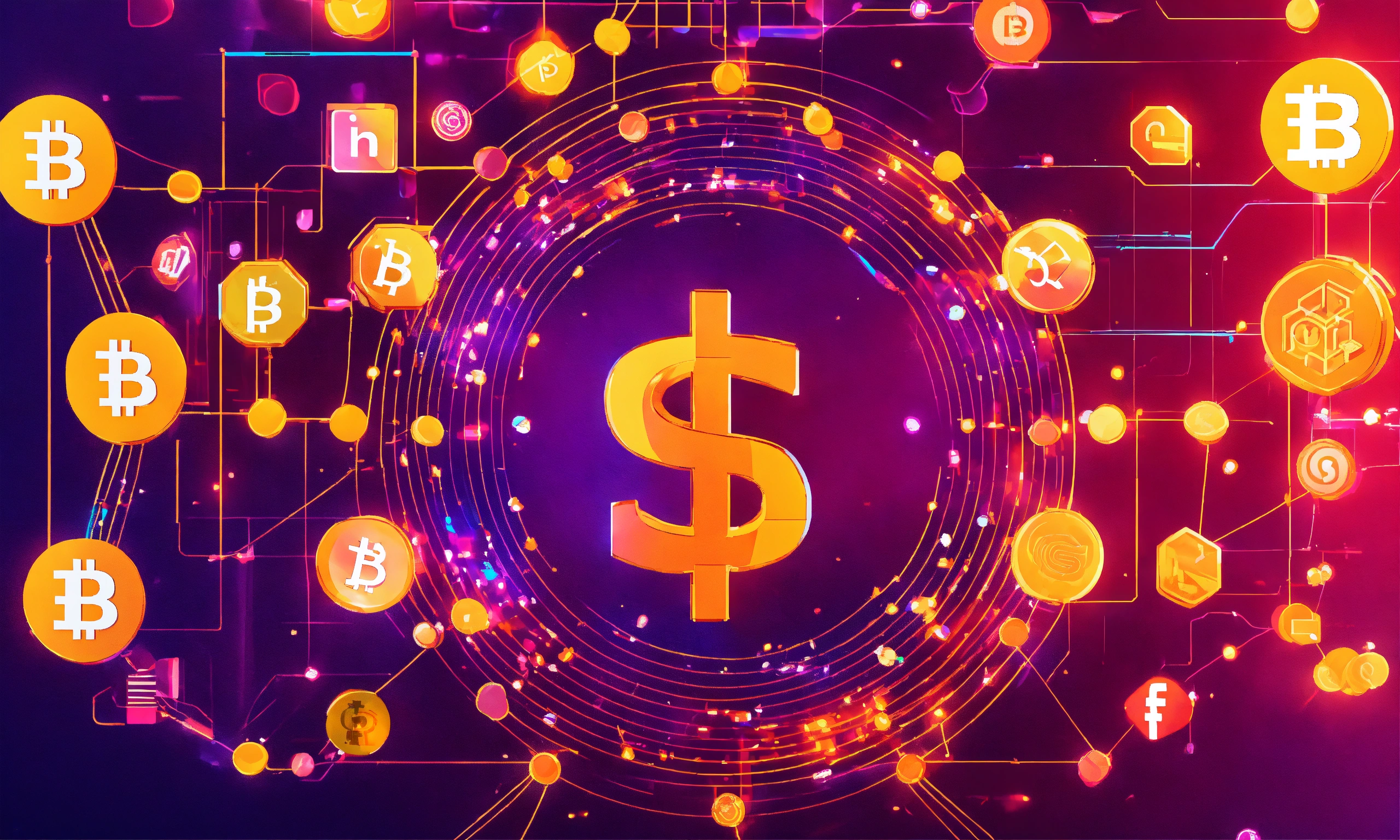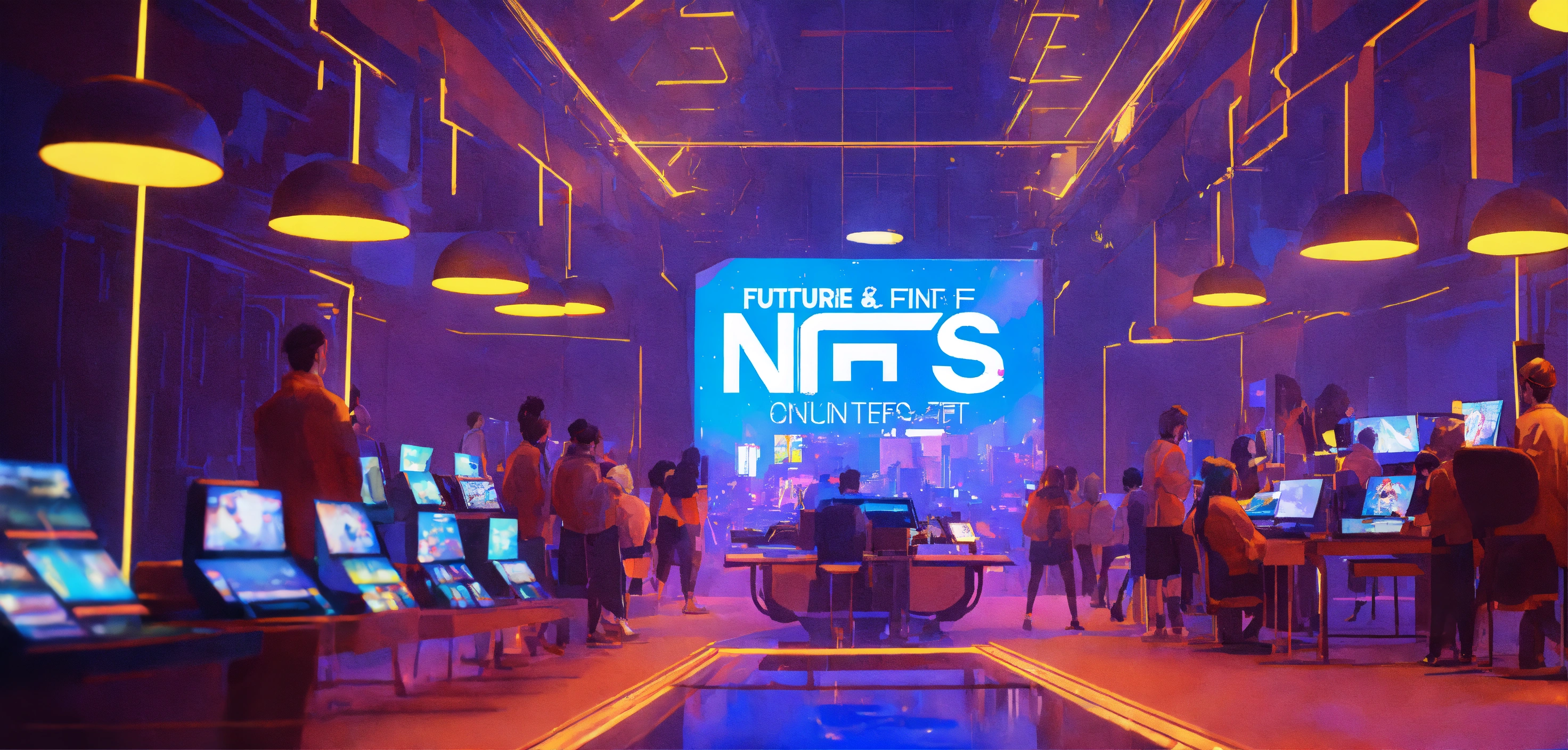Introduction
Non-fungible tokens (NFTs) have revolutionized the digital space, particularly in art, entertainment, and gaming. NFTs have primarily existed on blockchains like Ethereum, which were designed to support smart contracts and decentralized applications (dApps). However, with the introduction of the Ordinals Protocol, NFTs are now finding their way into Bitcoin, a blockchain originally designed for secure, decentralized peer-to-peer payments.
Bitcoin has been the gold standard for decentralization, immutability, and security since its inception. However, it could not support NFTs in the same way Ethereum and other blockchains do. The Ordinals Protocol changes that. This blog explores how the Ordinals Protocol works, its impact on NFTs, and how it might transform digital gaming.
For developers and companies looking to harness the power of NFTs in their games, understanding how Bitcoin can now support NFTs is crucial. This is particularly important for an NFT game development company.
Start your NFT game development today!
Launch your next big NFT game with our expert development team.

What is the Ordinals Protocol?
The Ordinals Protocol is a groundbreaking innovation designed to bring NFTs to the Bitcoin blockchain. Initially, Bitcoin’s design limited its ability to support anything beyond simple value transfers. However, the Ordinals Protocol introduces a novel way to embed data, such as images, text, or digital items, directly into Bitcoin’s blockchain, effectively creating NFTs that are inscribed onto satoshis, the smallest unit of Bitcoin.
Unlike Ethereum, which uses token standards like ERC-721 and ERC-1155 for NFTs, Bitcoin now uses ordinal numbers to identify unique digital assets. The ordinal number represents the order in which the satoshi was mined, thus giving each one a unique identity. By adding additional metadata to these satoshis, users can inscribe and trade NFTs on Bitcoin, thereby extending its use beyond simple transactions.
This development is significant for game developers and NFT creators who have traditionally relied on blockchains like Ethereum. For example, an NFT development company could explore how Ordinals can be leveraged to create unique, secure digital assets directly on Bitcoin.
How the Ordinals Protocol Brings NFTs to Bitcoin
The Ordinals Protocol effectively brings NFTs to Bitcoin through a process known as “inscription.” Inscriptions allow data, like an image or a game asset, to be permanently attached to a satoshi. The ordinal number, which reflects the unique position of that satoshi in Bitcoin’s transaction history, adds the non-fungible nature to these digital items.
In essence, the Ordinals Protocol doesn’t create a new type of token, but rather it assigns uniqueness to satoshis. This new system stands in stark contrast to Ethereum’s approach, where NFTs are minted as separate tokens from the underlying cryptocurrency.
Here’s how the protocol works:
- Mining Satoshis: Ordinal numbers are assigned to each satoshi in the order they are mined, which creates a naturally unique identifier.
- Inscriptions: By using a specialized process, users can inscribe metadata such as digital assets (art, game items, etc.) onto satoshis.
- Ownership and Transfer: Once inscribed, these unique satoshis can be transferred across the Bitcoin network, allowing for the trading and ownership of Bitcoin-native NFTs.
For businesses involved in NFT game development, this presents an exciting new opportunity. Game developers can now tap into Bitcoin’s established network to create and trade NFTs, bypassing Ethereum’s sometimes prohibitively high gas fees. This is particularly attractive to companies offering NFT game development services.
Advantages of Bitcoin-Based NFTs for Digital Gaming

The Ordinals Protocol opens up new possibilities for NFTs in digital gaming. Here’s why Bitcoin-based NFTs may be a game-changer for developers and gamers alike:
Enhanced Security
Bitcoin’s blockchain is widely regarded as the most secure in existence. With its decentralized nature and long history of resistance to attacks, it offers a secure environment for NFTs. Game developers can now create digital assets that are more secure from hacks or tampering, enhancing trust among players and collectors.
For an NFT game development company, this security advantage can be a strong selling point. The integrity of digital assets in gaming, especially high-value items, is crucial. Integrating Bitcoin-based NFTs through the Ordinals Protocol ensures these items are stored on one of the most secure networks in existence.Lower Fees Compared to Ethereum
One of the most significant complaints about using Ethereum for NFTs is the high gas fees. With Bitcoin’s layer-2 solutions and the Ordinals Protocol, NFT transactions could become more cost-effective for both developers and gamers.
An NFT development company working on a large-scale game might find that inscribing game assets on Bitcoin offers better cost-efficiency, making it possible to scale NFT integration without worrying about high transaction costs.Decentralization
While other blockchains claim to be decentralized, Bitcoin is the most decentralized of them all. This makes it a better fit for truly decentralized applications, including gaming platforms that rely on NFTs. By using the Ordinals Protocol, developers can ensure that their NFTs are not controlled by any single entity, increasing the longevity and independence of their digital assets.
Incorporating this technology could become a unique selling point for companies offering NFT game development services. Players are likely to trust a system that ensures their assets are secure and cannot be manipulated by centralized entities.Cross-Chain Compatibility
Bitcoin’s Ordinals Protocol could open the door for greater cross-chain compatibility. Developers could build systems where NFTs inscribed on Bitcoin can interact with Ethereum-based NFTs or even be transferred across blockchains. This kind of interoperability is something many in the gaming world have been looking for, as it allows for more fluidity in using game assets across different platforms.
For developers and businesses looking to hire NFT game developer talent, expertise in building cross-chain compatible solutions will become increasingly essential.
Start your NFT game development today!
Launch your next big NFT game with our expert development team.

Challenges of Using the Ordinals Protocol for NFTs in Gaming
While the Ordinals Protocol offers many advantages, it also presents some challenges that need to be considered, particularly for gaming applications.
Scalability
One of Bitcoin’s long-standing issues has been its limited transaction throughput. While this hasn’t hindered its use as a store of value, it could pose problems for games that require frequent NFT transactions. High demand for inscribing and transferring NFTs could create congestion on the network, slowing down transaction times and increasing fees.
Developers and companies offering NFT game development services will need to find ways to optimize how often NFTs are transferred or minted to ensure smooth gameplay experiences.Lack of Smart Contracts
Bitcoin does not have native support for smart contracts, which are essential for many decentralized applications and games. Without smart contracts, it’s harder to automate processes like NFT minting, asset transfers, or staking mechanisms within games. Solutions like layer-2 technologies or integration with smart contract-capable blockchains could help overcome this, but it adds complexity to development.
An NFT game development company might need to collaborate with platforms that offer smart contract capabilities or create bespoke solutions to make the most of Bitcoin-based NFTs.
How the Ordinals Protocol Impacts the Future of NFT Gaming

The introduction of the Ordinals Protocol is likely to have a profound impact on NFT gaming, particularly by expanding the available ecosystems where NFTs can exist. Here are some potential future developments:
A Hybrid Approach to NFTs
Many games may adopt a hybrid model where NFTs exist across multiple blockchains, including Bitcoin. For example, a game might use Ethereum-based NFTs for in-game assets that require smart contracts and Bitcoin-based NFTs for rare or high-value items. This flexibility will allow developers to optimize for security, cost, and functionality.New NFT Use Cases
Bitcoin-based NFTs could introduce new use cases for NFTs in gaming. For instance, NFTs could represent permanent achievements, rare collectibles, or digital real estate within a game. Due to Bitcoin’s immutable and secure nature, these assets would be highly resistant to hacking and fraud.
For an NFT game development company, exploring these new use cases could offer a competitive edge. Offering NFT game development on Bitcoin, combined with other chains, would attract a broader audience of both traditional gamers and crypto enthusiasts.Increased Adoption of NFTs in Gaming
As Bitcoin-based NFTs become more mainstream, we could see broader adoption of NFTs in gaming. This development will appeal not only to players but also to developers who have been hesitant to integrate NFTs due to Ethereum’s high fees or environmental concerns.
Start your NFT game development today!
Launch your next big NFT game with our expert development team.

Conclusion
The Ordinals Protocol is a breakthrough, bringing NFTs to Bitcoin and opening up new possibilities for digital gaming. By using ordinal numbers and inscriptions, Bitcoin-based NFTs offer enhanced security, lower fees, and true decentralization. While there are challenges, such as scalability and the lack of smart contracts, the advantages far outweigh these hurdles for game developers.
For companies offering NFT game development services, exploring the Ordinals Protocol represents an exciting new frontier. A game development company that embraces this technology can position itself at the forefront of innovation. The future of NFTs in gaming is evolving rapidly, and incorporating Bitcoin-based NFTs could offer both developers and players new ways to engage with digital assets.
Whether you’re an NFT development company or looking to hire nft game developer talent, now is the time to start exploring how the Ordinals Protocol can transform your gaming projects.



